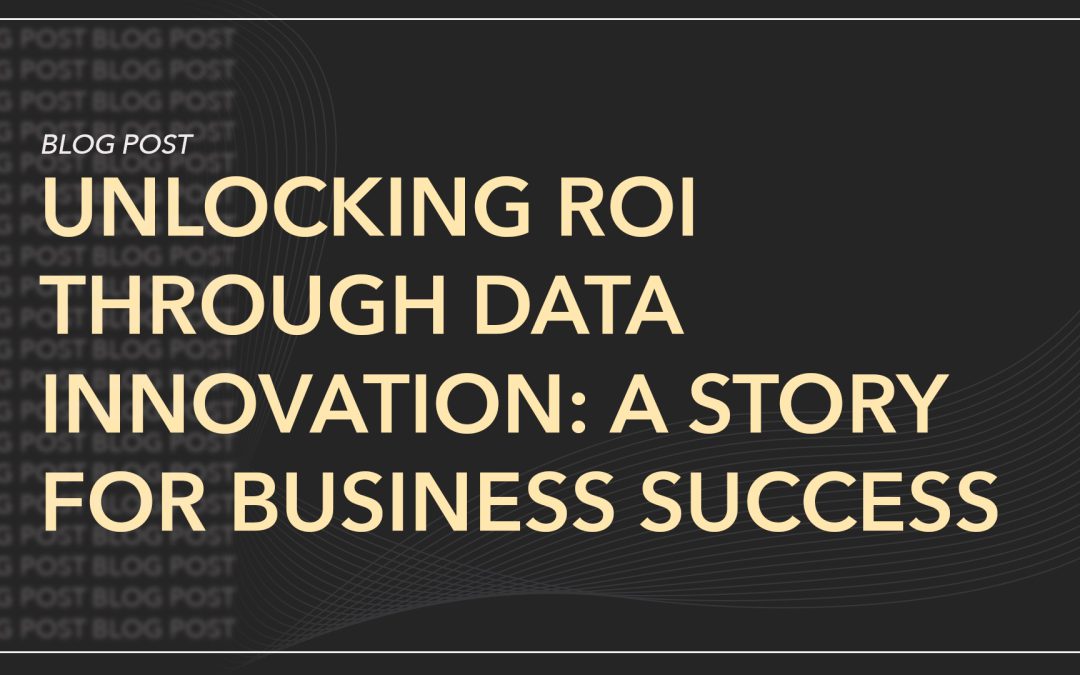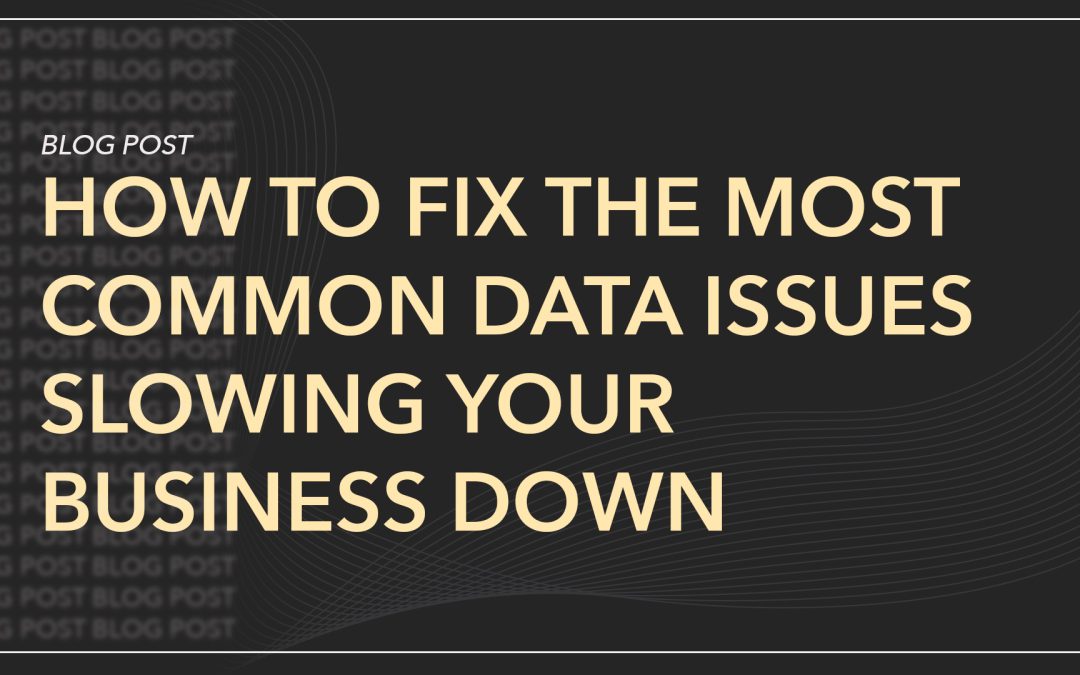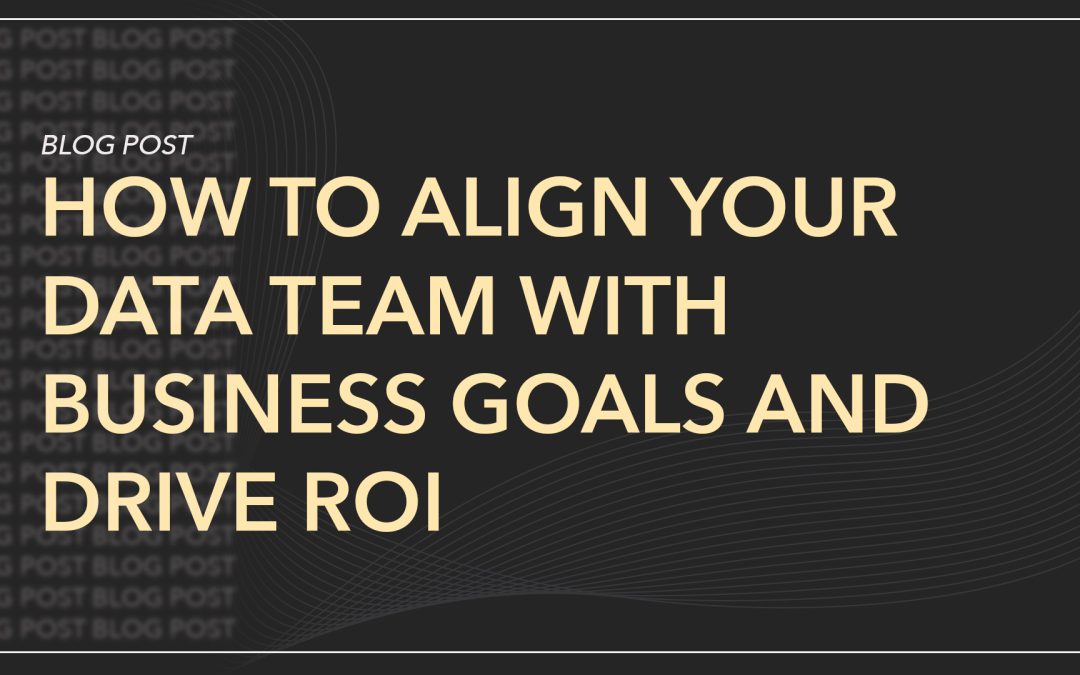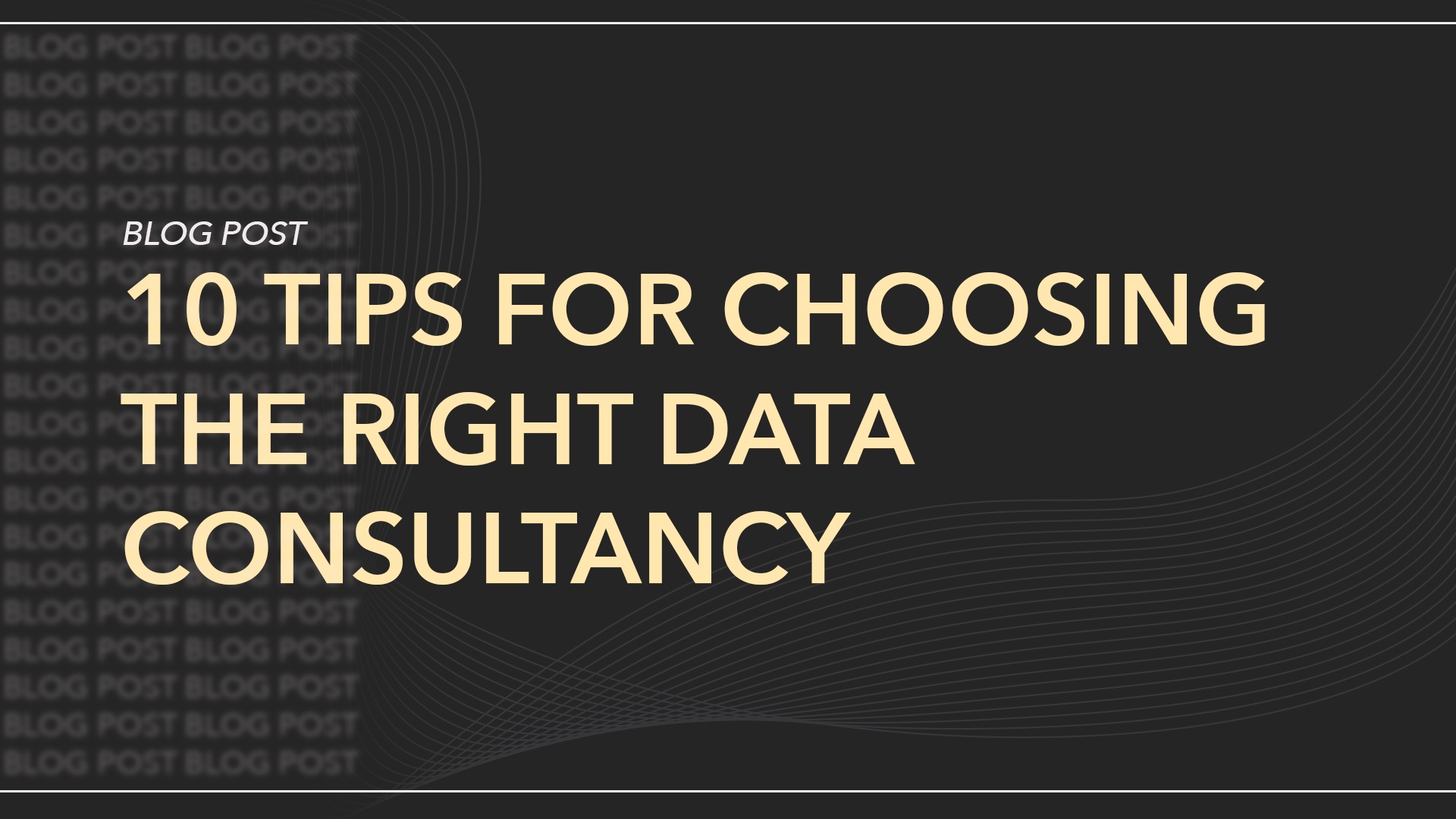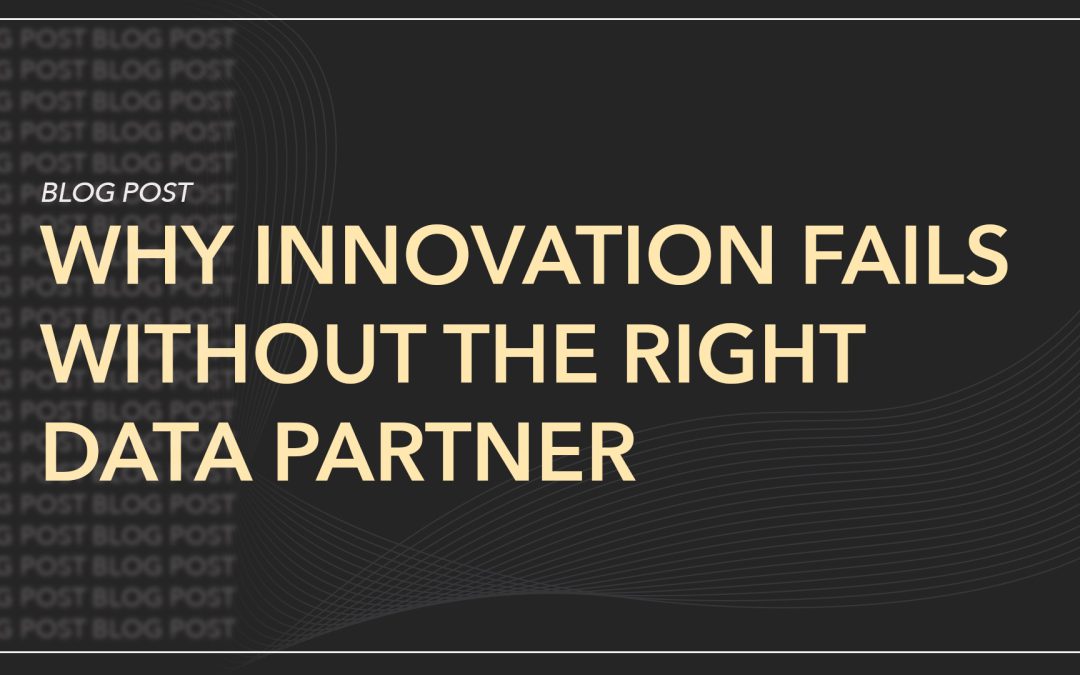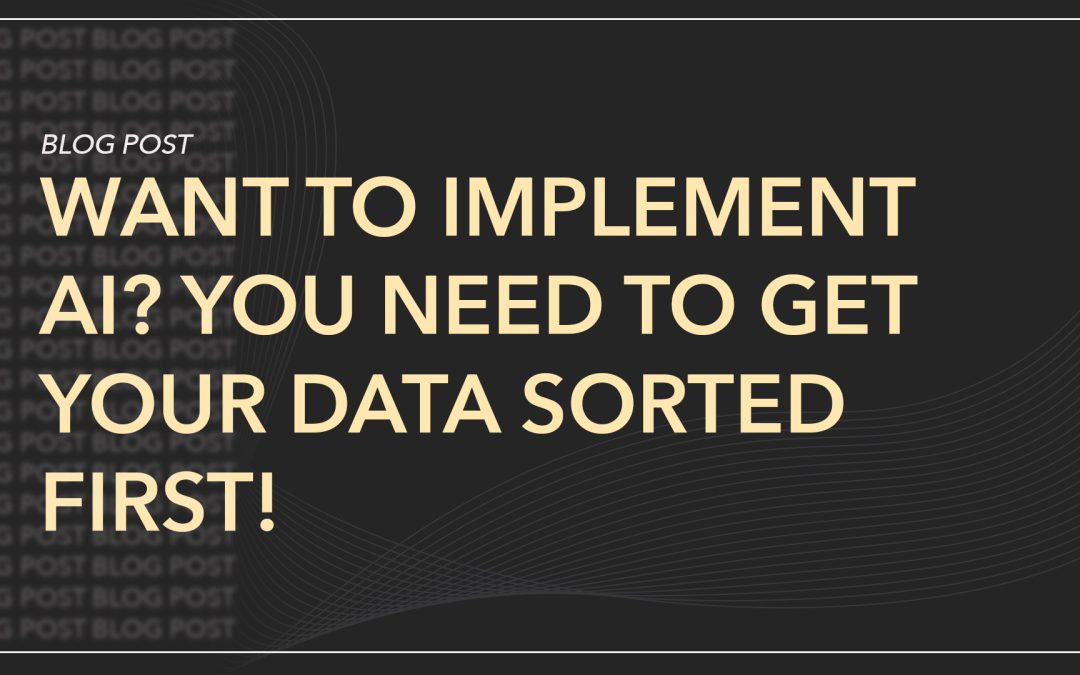
Want to Implement AI? You Need to Get Your Data Sorted First!
The AI Rush is On – But Most Organisations Aren’t Ready
Artificial Intelligence has become the centerpiece of every digital transformation strategy.
Boards are asking to use AI, leaders are under pressure to do something with it, and technology teams are racing to explore tools and pilots.
But there’s a crucial problem that too many organisations overlook:
AI success isn’t about the algorithm, or some magic tool – it’s about the data that fuels it.
AI is only as good as the data it learns from. If your data is incomplete, inconsistent, or scattered across siloed systems, AI won’t deliver meaningful insights or business value.
Before you automate, innovate, or transform, you need to get your data sorted first.
AI Can’t Fix a Broken Data Foundation
Many organisations assume AI will magically make sense of their data – that advanced algorithms can somehow clean up inconsistencies and fill in gaps.
Unfortunately, it’s the opposite.
AI amplifies the quality of your data.
If your data is high-quality, AI performs exceptionally well.
If it’s low-quality AI compounds the problem by producing unreliable, biased, mor misleading outcomes.
Common signs your data isn’t ready for AI include:
- Data stored across multiple legacy systems or departments
- Duplicate or conflicting record
- Inconsistent formats, or naming conventions
- Missing data ownership and accountability
- Outdated infrastructure that makes integration difficult
- Dashboards and reports that teams don’t fully trust
If this sounds familiar, launching an AI initiative now is like building a skyscraper on sand – it may look impressive, but it won’t be standing for long.
The Hidden Costs of Getting It Wrong
Rushing into AI without addressing your data foundations is inefficient and risky.
Here’s what’s at stake:
- Wasted Investment: AI projects fail when they rely on poor or incomplete data, leading to months of lost time and sunk costs.
- Compliance Exposure: In regulated sectors like Financial Services and Manufacturing, inaccurate data can lead to audit failures and reputational damage.
- Erosion of Trust: If business users see inconsistent AI outputs, confidence in both data and technology drops sharply.
- Lost Opportunities: Competitors who modernise their data now will move faster, deploy AI smarter, and realise ROI sooner.
As Gartner recently reported, up to 80% of AI projects fail – and the top reason is poor data quality and governance.
In short: AI doesn’t make bad data better. It just makes bad decisions faster.
Build a Data Foundation That Makes AI Work for You
AI transformation isn’t a technology challenge. It’s a data challenge.
The companies that succeed with AI have already done the groundwork: modernising their infrastructure, governing their data, and aligning teams around trusted, shared insights.
Here is a 5-step framework to get AI ready:
1. Assess Your Data Maturity
Start by understanding where you are today.
Map out your current data landscape – where data lives, how it’s used, and where the quality gaps lie.
2. Modernise Your Data Infrastructure
If your systems are outdated or fragmented, AI will struggle.
Modernising your data architecture – through cloud platforms, scalable pipelines, and real-time integration – creates the agility needed for AI to thrive.
3. Establish Strong Data Governance
Data governance is the backbone of AI trust.
It ensures your data is accurate, secure, and compliance – and that everyone in your organisations uses it consistently.
4. Democratise and Visualise Data
AI can’t succeed in a vacuum. Your people need visibility and understanding to use it effectively.
When everyone – from the boardroom to operations – can access and interpret data confidently, you’re ready to layer AI on top.
5. Layer AI Strategically
Only once your foundation is in place should you deploy AI.
Start small with use cases that align with business goals – predictive maintenance, customer churn analysis, financial forecasting – and measure result.
The Hidden Costs of Getting It Wrong
When data is properly structured and governed, AI finally delivers on its promise.
Here’s what organisations achieve when they get their data right:
- Faster, more confident decisions
- Measurable ROI from AI investments
- Reduced operational risk and regulatory exposure
- Improve customer experiences through accurate insights
- Stronger innovation pipelines built on trusted data.
In other works: data drives AI. AI helps drive growth.
How Engaging Data Helps
At Engaging Data, we work with forward-thinking organisations and ambitious leaders to help them unlock innovation.
We don’t just prepare you for AI.
We make sure you can deliver measurable ROI from it.
Book a Discover Call
We’ll understand your data challenges and goals.
Get a Tailored Plan
We’ll outline clear next steps, quick wins, and long-term outcomes.
Deliver Results Fast
We’ll embed or collaborate to start driving measurable impact quickly.
Download Now
Want to Get AI-Ready?
Before you invest in AI – invest in your data.


